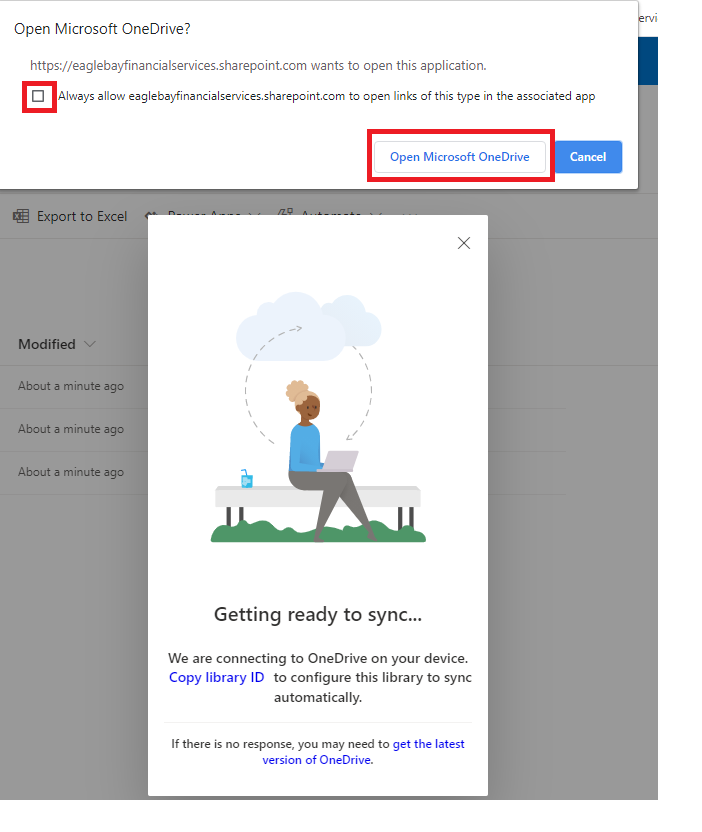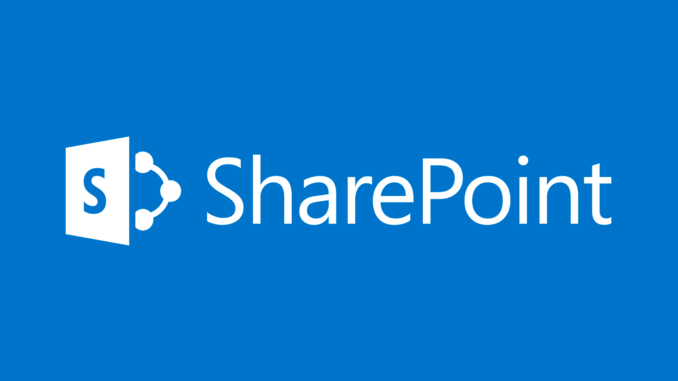

- #Sharepoint onedrive for business not syncing how to#
- #Sharepoint onedrive for business not syncing full#
SharePoint is popular for its real-time collaboration. Just as we defined OneDrive for Business with file sharing, we can identify collaboration with SharePoint. Permissions are required for access control depending on the user roles.
#Sharepoint onedrive for business not syncing full#
You can access services, manage compliance, customize web parts, access library, encrypt connections, preview files, identify sensitive content, support large files, search, control OneDrive, SMTP ports, SMTP encryptions from the control panel.Īs SharePoint allows process streamlining and has a lot of data management tools, it offers full control to the admin, and thereby strengthening security. In SharePoint, you can perform central administration tasks from one place via dashboard. SharePoint offers a centralized management system through a dashboard. The smooth version control feature in SharePoint helps maintaining a good degree of control over the files, as everything is recorded systematically. SharePoint offers much more than just file sharing and storage, and security is one of its paramount features. Succinctly, OneDrive for Business can be very well used as the platform to dump all your files while SharePoint is an open platform for shared collaboration. The control remains with the individual even though the files are shared with various users. The primary difference between OneDrive and SharePoint is that the former is made for the individual, while the latter is the designed for the corporations. Also, OneDrive for Business is not a migration tool, but primarily a synchronization tool. Both can be offered as standalone plans, but OneDrive for Business storage limit depends on the selected Office 365 plan. Since sites can be created on SharePoint, the storage size offered is up to a maximum of 25 TB, and 1TB with SharePoint Online. If the files are personal and used specifically by one individual more than others, OneDrive for Business can be the storage choice. The rule applied to file sharing feature can be applied to storage as well. OneDrive for Business is a paid storage, while SharePoint is more of a platform for content management. Keep it a rule of thumb for team files/folders: if it’s shared, it should be SharePoint. If file sharing involves many people in organization, opt for SharePoint. If it’s department or project files which need to be shared, SharePoint maybe the better option. Also, Microsoft Office files that are individual-specific or in-process works, it can be shared with OneDrive for Business. If the files are individual and personal in nature, OneDrive for Business is the place of storage. It also depends in the file type you’re dealing with. Though file sharing is prominent in SharePoint, OneDrive is undistinguishable with file sharing, perhaps better than SharePoint.įor instance, when your Microsoft email attachments exceed the size limit, they are shared via OneDrive for Business by default.įor file sharing – we may pick up OneDrive for Business. While you can explicitly say that OneDrive for Business is a storage and file sharing tool, SharePoint is much more to that. OneDrive for Business, at its core, is a synchronization product which supported file sharing.
#Sharepoint onedrive for business not syncing how to#
You don’t need to be a rocket scientist to know how to share files on OneDrive for Business or SharePoint. Which feature is best suited for each one of them – OneDrive for Business or SharePoint ? So, let us compare and understand how SharePoint and OneDrive for Business can be same, as well as different from one another. What are their features? Are they any different from each other?

When you include Microsoft Teams into this ‘SharePoint vs OneDrive’ argument, it gets even more confusing. Then why use OneDrive for Business when SharePoint alone can do the job? Or vice-versa, what is the use of SharePoint along with OneDrive for Business? Why can’t both the products be amalgamated into one product? Maybe we can also avoid this question altogether. The boundary between both the products is an unclear one, but fundamentally, both weren’t built around the same purpose.

This argument can be supported by the fact that there is SharePoint beneath everything, which is a valid point. If you are into file sharing and storage, you must have come across this question: What’s the difference between OneDrive for Business and SharePoint? Some may even consider that OneDrive for Business is similar to SharePoint. Comparison between OneDrive for Business and SharePoint


 0 kommentar(er)
0 kommentar(er)
